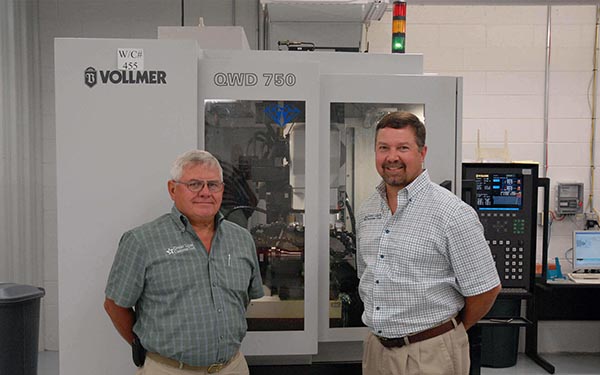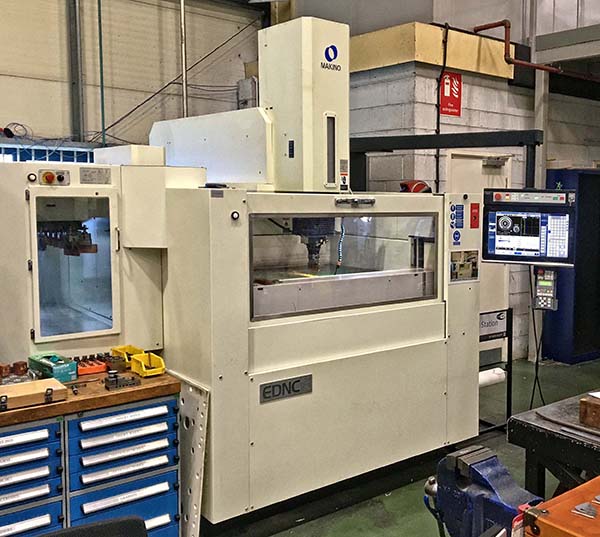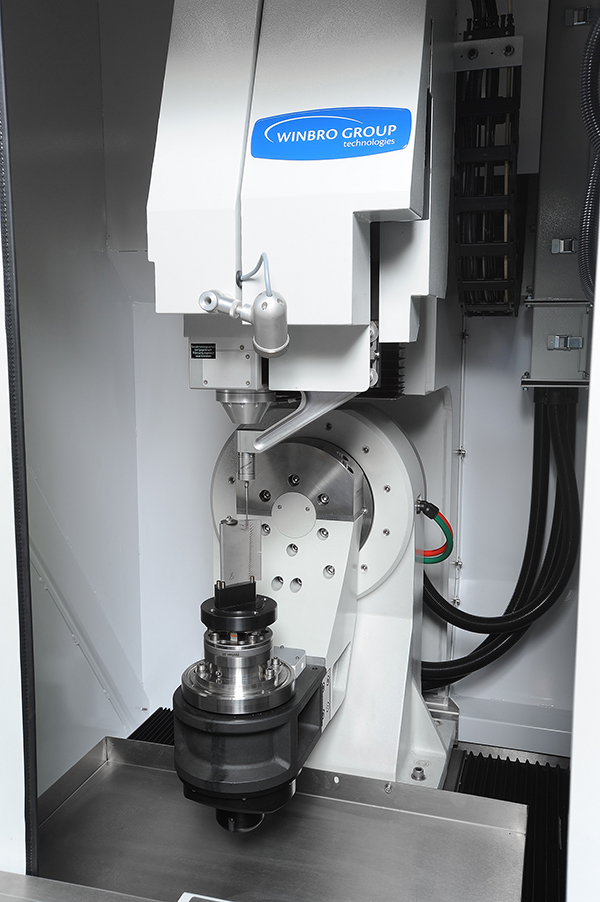
HCL Technologies has launched a wire EDM module for its CAMWorks suite of CADCAM software. The wire EDM module includes new functionality that takes the design model to G-code in one click. Once the user clicks the ‘Solid to G-code’ button, the system automatically searches the part for machineable features, identifies them, generates all the operations with the user’s preferences and settings (including tool offsets, cutting conditions and start holes), creates the toolpaths, and posts the G-code. Using the new wire EDM module, even complex two-axis parts, two-axis parts with tapers, and full four-axis wire EDM parts are now programmable in a single click.
The new CAMWorks wire EDM module also includes enhanced feature recognition for non-planar geometry. Instead of the user needing to project the geometry for the top and bottom of the part and create 2D sketches, the new wire EDM software uses geometry directly from the solid model to construct and create the correct top and bottom profiles automatically.
Additional highlights include automatic angular wire threading, support for SOLIDWORKS patterns, and automation based on face colours.
Automatic angular wire threading analyses the part and automatically recognises when angular threading would be required. It then creates the tool paths necessary to allow for angular threading of the wire and to machine the part.
Support for SOLIDWORKS patterns simplifies the NC code and streamlines the programming process by automatically identifying the patterns and utilising them to simplify the CNC program.
The technology based on face colours allows the user to easily identify and manage features that require programming, as well as the machining required.
For further information
www.camworks.com























